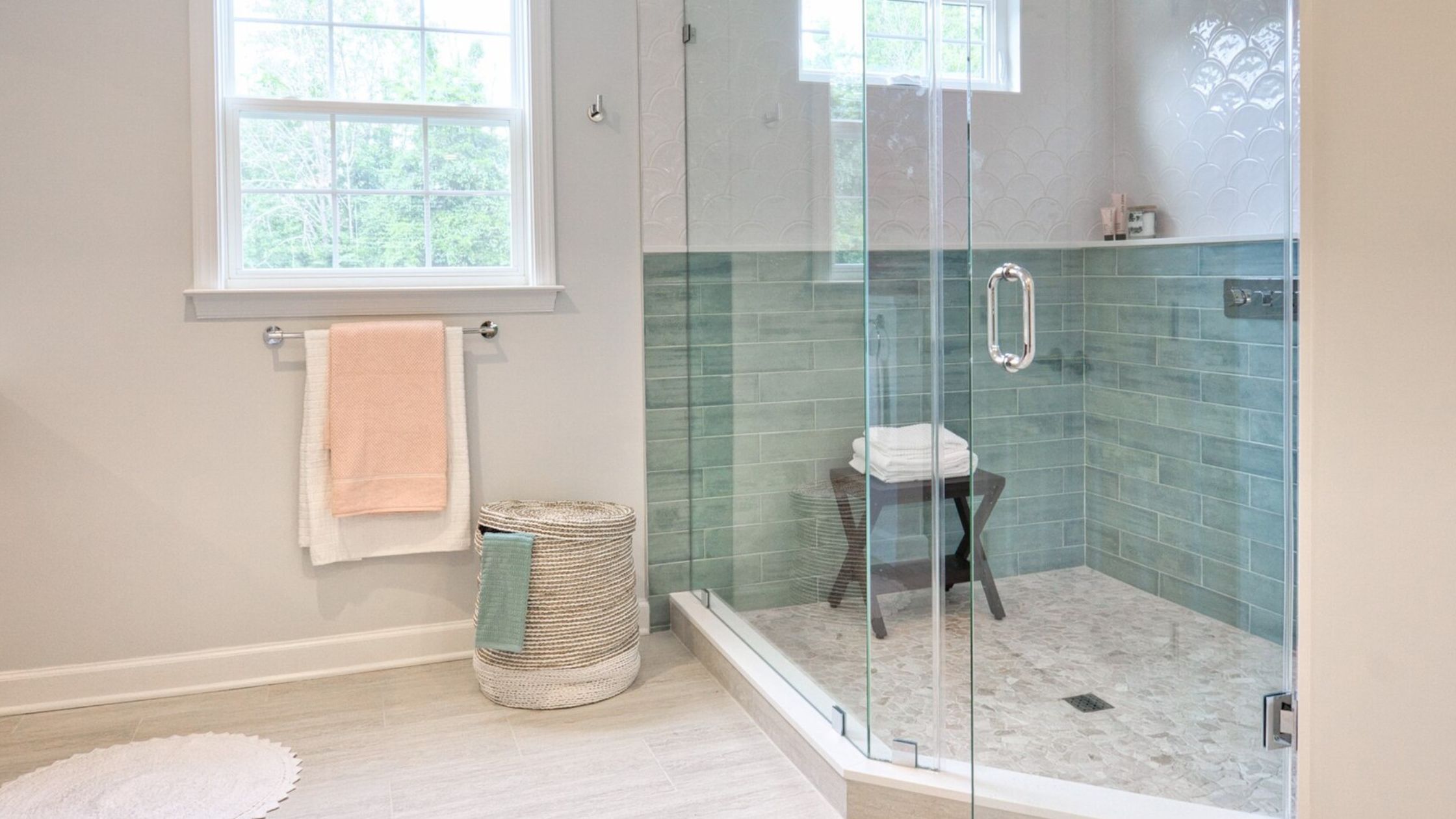Promoting inclusivity and improving life quality
Accessible bathroom design is of paramount importance in the UK as it ensures equal access and inclusivity for all individuals, regardless of their mobility or physical abilities. A well-designed accessible bathroom accommodates the needs of people with disabilities, seniors, and those with temporary or permanent mobility limitations. It promotes independence, dignity, and safety, enabling individuals to navigate and utilize bathroom facilities with ease and confidence.
In the UK, an aging population and the prevalence of disabilities make accessible bathroom design a pressing concern. By incorporating accessible features such as grab bars, non-slip flooring, wider doorways, and accessible showers or baths, the bathroom becomes a space that caters to diverse needs. This design approach extends beyond functionality, fostering a sense of inclusivity and social equity.
Moreover, accessible bathroom design aligns with legal requirements and building regulations in the UK, including the Equality Act 2010 and the Building Regulations Approved Document M. By adhering to these standards, businesses, public facilities, and private residences ensure compliance with the law and create spaces that are accessible and welcoming for everyone. Ultimately, accessible bathroom design is an investment in social progress, enabling individuals of all abilities to maintain their independence, dignity, and overall well-being.
Accessible bathroom design plays a crucial role in promoting inclusivity and improving the quality of life for individuals with disabilities or limited mobility. By incorporating thoughtful design elements and essential features, accessible bathrooms provide a safe and functional environment that enables independence and accessibility. This article serves as a comprehensive guide to help you understand the importance of accessible bathroom design and offers insights into creating inclusive spaces that prioritise both aesthetics and functionality.
The Importance of Essential Features in your accessible bathroom design
When designing an accessible bathroom, it is vital to consider the inclusion of essential features that cater to the specific needs of individuals with disabilities or limited mobility. These features not only ensure safety but also enhance the overall usability of the space.
One essential feature is the installation of grab bars. Strategically placed grab bars provide support and stability, enabling individuals to move around the bathroom with confidence. These bars should be securely mounted near toilets, showers, and bathtubs to assist with transferring and manoeuvring.
A roll-in shower is another crucial element of accessible bathroom design. With a barrier-free entry and spacious layout, roll-in showers accommodate individuals who use wheelchairs or mobility aids. They eliminate the need to step over thresholds, allowing for easy entry and exit. The shower floor should be slip-resistant and equipped with a handheld showerhead for added convenience.
Wheelchair-accessible sinks are designed to accommodate individuals who use wheelchairs. These sinks feature a lower height, providing adequate knee clearance and allowing individuals to comfortably reach the faucet and sink basin. Lever-style or touchless faucets further enhance usability by eliminating the need for twisting or gripping.
Proper space planning is essential to ensure manoeuvrability and accessibility within the bathroom. Clearances should be provided to accommodate wheelchair turning circles and allow individuals to move freely. Ample floor space should be available for easy navigation and transfers. It is also important to consider the height of countertops, mirrors, and storage options to ensure they are within reach for all users.
Aesthetics and accessible bathroom design options
Creating an accessible bathroom doesn’t mean compromising on aesthetics. Numerous design options, materials, and colour schemes can be incorporated to achieve a visually appealing and harmonious space.
When selecting materials, prioritise those that are slip-resistant, durable, and easy to maintain. Non-slip flooring options, such as textured tiles or vinyl, provide stability and minimise the risk of accidents. Additionally, choose materials that are resistant to water damage and can withstand high levels of humidity commonly found in bathrooms.
Colour schemes and lighting also play a crucial role in creating an inviting and accessible bathroom. Opt for light colours to maximise the perception of space and brightness. Adequate lighting, both natural and artificial, should be installed to ensure visibility and reduce shadows. Properly placed task lighting near mirrors and countertops enhances visibility for grooming and other daily activities.
Design elements such as decorative tiles, stylish fixtures, and accessible storage solutions can add personality and elegance to the accessible bathroom. Customisation options allow individuals to create a space that reflects their personal taste while maintaining functionality and accessibility.
This may also interest you:
The Benefits of Installing Bathroom Grab Rails
Overcoming Challenges: Public Disability Bathrooms in the UK
Creating Accessible Spaces: Disability Bathrooms in the UK
Accessible bathroom design with ABC Mastercare
Designing an accessible bathroom goes beyond meeting basic requirements—it is about creating inclusive spaces that empower individuals with disabilities or limited mobility. By incorporating essential features like grab bars, roll-in showers, wheelchair-accessible sinks, and thoughtful space planning, accessible bathrooms ensure safety, independence, and convenience.
When embarking on the journey of creating an accessible bathroom, seeking professional assistance from companies like ABC Mastercare can make a significant difference. With their expertise in adapting and installing accessible bathrooms, ABC Mastercare provides comprehensive support to clients, ensuring that their vision of an inclusive and functional bathroom becomes a reality.




